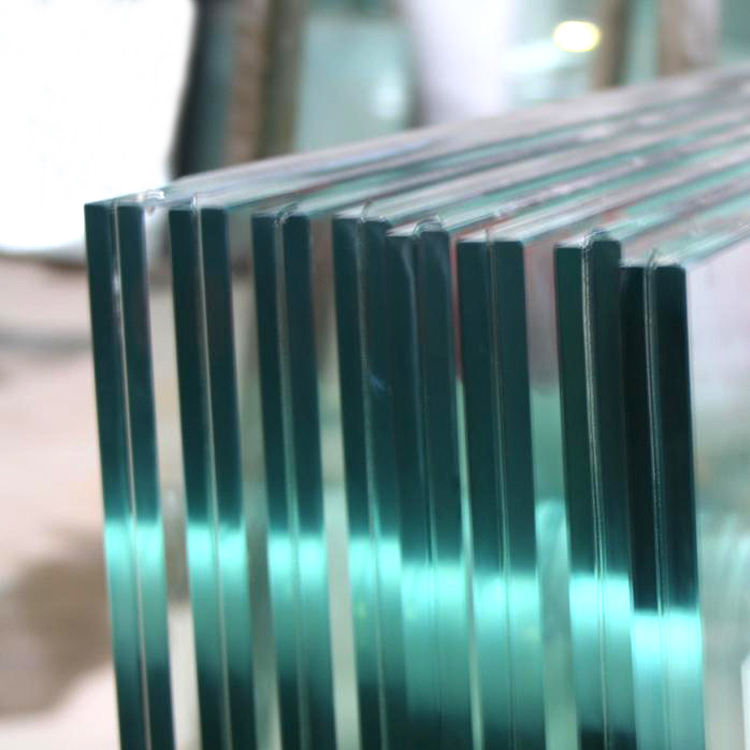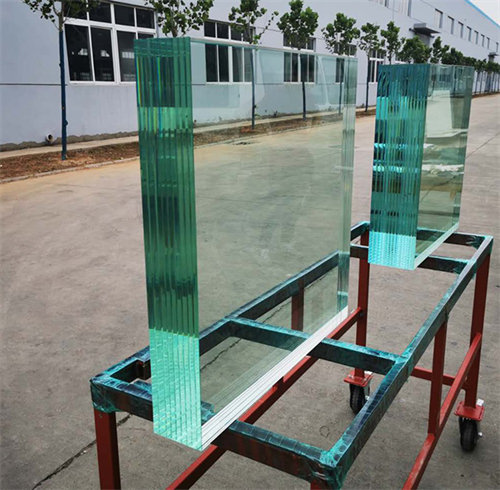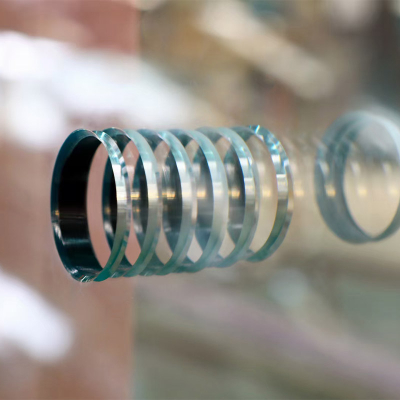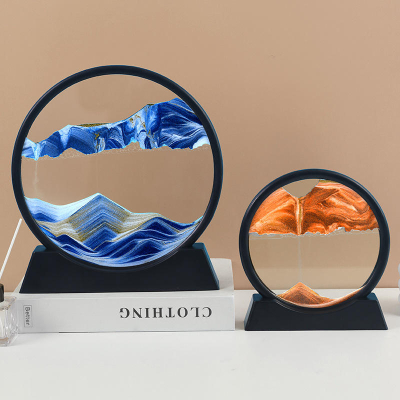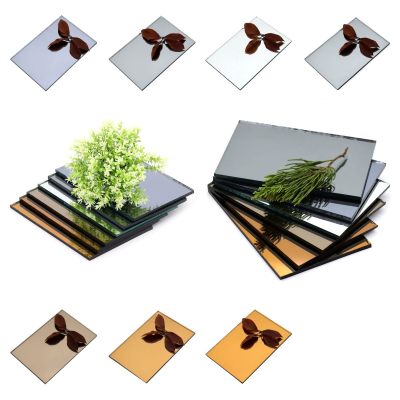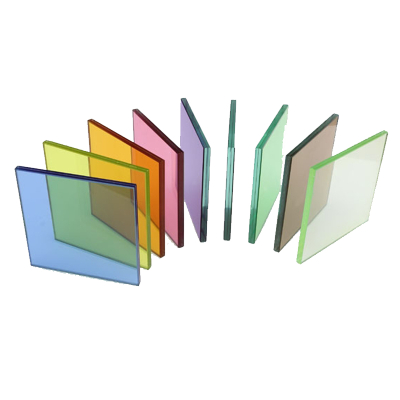Architectural Glass
1. Aesthetics: Architectural glass is a visually appealing material that can enhance the design and appearance of buildings. It can be customized with various finishes, textures, and colors to create a unique and attractive look.
2. Natural lighting: Architectural glass allows natural light to enter a building, reducing the need for artificial lighting during the day. This can contribute to energy savings and a more comfortable indoor environment.
Product Description
Architectural glass refers to glass used in the construction and design of buildings. It is specifically designed to meet the aesthetic and functional requirements of architectural applications. Architectural glass can come in various types, such as clear, tinted, frosted, laminated, and patterned glass. It is used in windows, doors, skylights, curtain walls, and other structural elements of a building. Architectural glass offers benefits such as natural light transmission, energy efficiency, sound insulation, and safety. It can also be customized with different coatings and treatments to enhance thermal performance, reduce glare, and provide privacy. Overall, architectural glass plays a vital role in creating visually appealing and sustainable buildings.
Product Advantages
1. Aesthetics: Architectural glass is a visually appealing material that can enhance the design and appearance of buildings. It can be customized with various finishes, textures, and colors to create a unique and attractive look.
2. Natural lighting: Architectural glass allows natural light to enter a building, reducing the need for artificial lighting during the day. This can contribute to energy savings and a more comfortable indoor environment.
3. Energy efficiency: Architectural glass can be designed to have good energy efficiency, reducing heat transfer and improving insulation in buildings. This can help to lower energy consumption and reduce carbon emissions.
4. Sound insulation: Some types of architectural glass can provide good sound insulation, reducing noise pollution from outside sources. This can contribute to a quieter and more comfortable indoor environment.
5. Safety and security: Architectural glass can be designed to have high levels of safety and security. It can be combined with laminated or tempered glass to provide protection against impact, burglary, or forced entry.
APPLICATION



